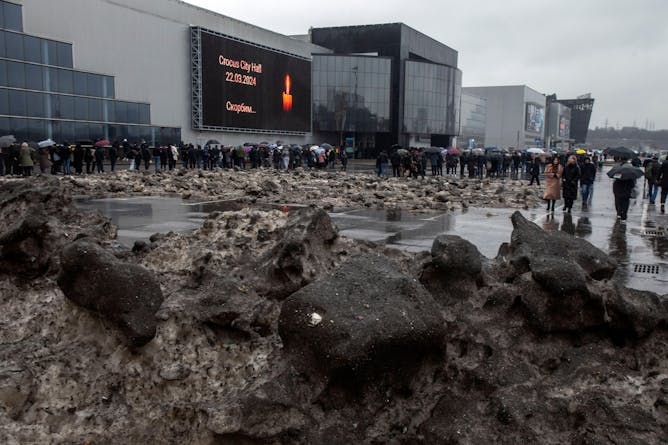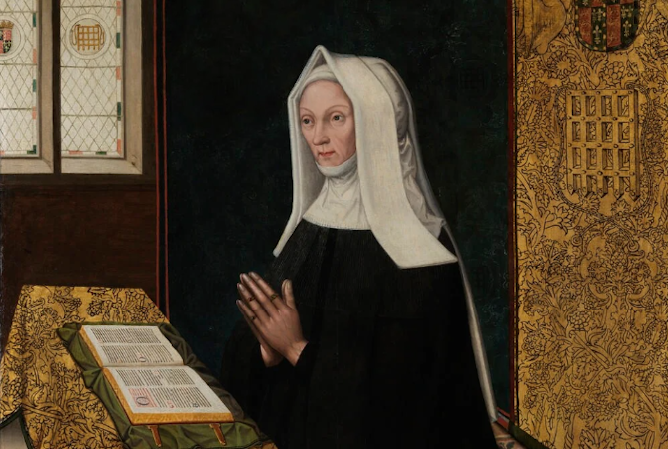|
Immediately after the terror attack on a Moscow concert hall which left 137 people dead at the weekend, the Russian president Vladimir Putin was quick to point the finger of blame at Ukraine. But it has since emerged that the attackers were in fact fighters from Isis-K, the same group that perpetrated a murderous attack on Kabul airport days after the Taliban took power in Afghanistan.
It has also emerged that, at the beginning of March the US issued a warning based on CIA intelligence, both to its own citizens in Russia and privately to the Russian authorities, of an imminent terror threat targeting mass gatherings such as concerts. In the event Russia’s security services were unable to prevent the atrocity. Robert M Dover, an expert in the workings of intelligence services, explains why the CIA’s warning may have fallen on deaf ears.
We also found out what students learned on a university course about happiness – and whether it made them any happier. And for history buffs, the story of the Northamptonshire manor house where Henry VIII’s grandmother Margaret Beaufort plotted the rise of the Tudor dynasty.
Plus, if you take a look at our homepage today, you might notice some changes. The new design should help us better showcase the breadth of articles we produce each day.
|

|
Rachael Jolley
International Affairs Editor
|
|

Mourners stand in a queue to lay flowers at a makeshift memorial in front of the Crocus City Hall in Krasnogorsk, after 130 were killed in a terrorist attack.
Nikolay Vinokurov/Alamy
Robert M. Dover, University of Hull
The US said it shared information about a potential attack weeks before the Crocus City massacre.
|

PeopleImages.com - Yuri A/Shutterstock
Sarah Jelbert, University of Bristol; Bruce Hood, University of Bristol
We followed up students years after they took our course to find out whether they still reported better wellbeing.
|

Portrait of Lady Margaret Beaufort by Meynart Weywyck (circa 1510).
National Portrait Gallery
Rachel Delman, University of Oxford; Keely Hayes-Davies, University of York
Beaufort’s presence at Collyweston formed part of a strategic plan, devised by mother and son, to exert royal influence both locally and nationally.
|
Politics + Society
|
-
Nnenna Awah, Sheffield Hallam University
The situation in Gaza grows more desperate by the day.
-
Stephen Hall, University of Bath
Many western governments have called Putin’s election ‘illegitimate’. Now they need to adjust their diplomatic relations accordingly.
-
Rina Arya, University of Hull
Holi is a symbolic celebration of spring, the harvest, new life and the triumph of good over evil.
-
Emily Setty, University of Surrey; Jonny Hunt, University of Bedfordshire
Without nuanced discussion, the film may end up being interpreted by young people in unintended ways.
|
|
Arts + Culture
|
-
Harriet Fletcher, Anglia Ruskin University
The increasing misogyny and oppression against women is reflected in this new horror, elevating it to something more than a mere nunsploitation movie.
-
Penelope Woods, University of Oxford
Youth theatre encourages actors to connect with characters of canonical plays, but the trajectories of young women within them can make it hard to find redemptive or empowering touch points.
|
|
Business + Economy
|
-
Tom Archer, Sheffield Hallam University; Ian Cole, Sheffield Hallam University
In the middle of a cost of living crisis, new-build prices are up by nearly a fifth in the past year alone.
-
Nick O'Donovan, Keele University
‘Securonomics’ examined.
|
|
Environment
|
-
Michael Rogerson, University of Sussex
What makes a good egg? The ethics of chocolate is complicated and often hard to decipher with confusing marketing claims on some product packaging.
-
Catherine Wilding, Marine Biological Association; Hannah Earp, Newcastle University
Kelp seaweed spores are being grown on small rocks and waste scallop shells as part of a trial exploring how to regenerate the UK’s coastal kelp forests.
|
|
Health
|
-
Elizabeth Marsh, University of Nottingham
Workers who find the digital workplace more stressful are also more likely to experience burnout and poorer health. Can taking a mindful approach to technology improve digital workers’ wellbring?
-
Adam Taylor, Lancaster University
Nasal rinsing might seem like an effective home remedy for allergies but there are risks.
|
|
Science + Technology
|
-
Ruth Ogden, Liverpool John Moores University; Jessica Thompson, University of Salford
Time pressure is bad for your health- but the answer may be right outside your door.
|
|
|
|
| |
|
|
|
|
| |
| |
| |
| |
| |
|
|